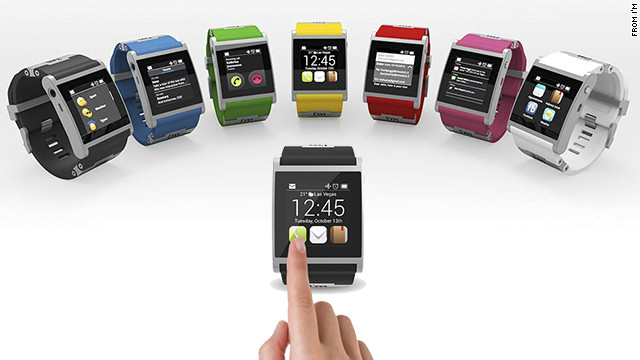
Apple's finally entered the world of wearables. And after dozens of failed smartwatches, can the Apple Watch be the answer to the problem?

Officially unveiled at Apple's fall media event in Cupertino, Calif., alongside the iPhone 6 and 6 Plus, the Apple Watch (not iWatch) may well be one of the most anticipated products of recent years. It will be available in "early 2015" starting at $349 in the US, with prices elsewhere yet to be announced (a rough conversion would be £220 or AU$380).
This is Apple's first all-new product category in years, since the original iPad in 2010. And, it's yet another entry into the smartwatch world, a landscape that's suddenly exploded. Here's what we know about it so far, and what it felt like during our brief hands-on time with it at Apple's 9/9 preview event.

What does it do?
The Apple Watch is a music player like an iPod, a fitness tracker with heart-rate measurements, a communications device that will send and receive messages, calls and audio recordings, and a handheld portal to other apps, too. It also makes payments via Apple Pay. It can also control your Apple TV and act as a remote for connected smart home devices.
The Apple Watch seems intent to be a synthesis of many other smartwatches, trying to knit together all of these features into a coherent whole. In some ways, the Apple Watch's notifications, voice-activated controls, and swipe-to-glance features feel like elements of Google's Android Wear watches. And the focus on apps and built-in features like voice calling seem like what the Samsung's Tizen OS-based Gear watches have tried to aim for in the past.
 But if you want the basic breakdown in case you haven't used a smartwatch before: it keeps you connected to your phone, acts like a mini iPod, works as a fitness tracker, and could even replace your wallet. And it could do a lot more, too. Apple was showing how the device could not just make mobile payments, but also act as a digital key to open a smart lock on a front door at home. Apps will also allow you to access other home-automation features, such as smart thermostats, using your iPhone's wireless connection as a conduit.
But if you want the basic breakdown in case you haven't used a smartwatch before: it keeps you connected to your phone, acts like a mini iPod, works as a fitness tracker, and could even replace your wallet. And it could do a lot more, too. Apple was showing how the device could not just make mobile payments, but also act as a digital key to open a smart lock on a front door at home. Apps will also allow you to access other home-automation features, such as smart thermostats, using your iPhone's wireless connection as a conduit.
No comments :
Post a Comment